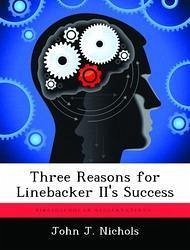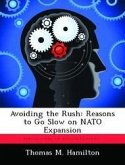The objective of the 1972 Linebacker II air campaign was to apply maximum pressure on North Vietnam through the destruction of major target complexes in the vicinity of Hanoi and Haiphong. This pressure was designed to force a negotiated settlement with the North Vietnamese--one in which the United States could honorably extricate itself from a costly and divisive war. Linebacker II achieved its objectives through the concentrated application of airpower. Not only did this eleven-day bombing campaign strike at the will of the North Vietnamese people and leadership, it also inflicted substantial damage on the North's ability to support the war effort. This success is directly attributable to three key factors. First, the decision to use B-52s against lucrative targets in Hanoi and Haiphong and the advent of smart weapons allowed planners to strike at militarily significant targets previously forbidden due to collateral damage considerations. Second, military planners faced less restrictive political constraints toward the end of the Vietnam conflict due to the political context in which the Nixon administration did not fear an escalatory response from either the Soviets or the Chinese. President Nixon's willingness to use airpower to its maximum effect against strategically important targets resulted in improved combat effectiveness that forced the North Vietnamese back to the negotiating table. Finally, the very nature of the Vietnam War had changed by 1972. In the beginning of the conflict, the United States fought an unconventional war against a guerilla force.
Hinweis: Dieser Artikel kann nur an eine deutsche Lieferadresse ausgeliefert werden.
Hinweis: Dieser Artikel kann nur an eine deutsche Lieferadresse ausgeliefert werden.








